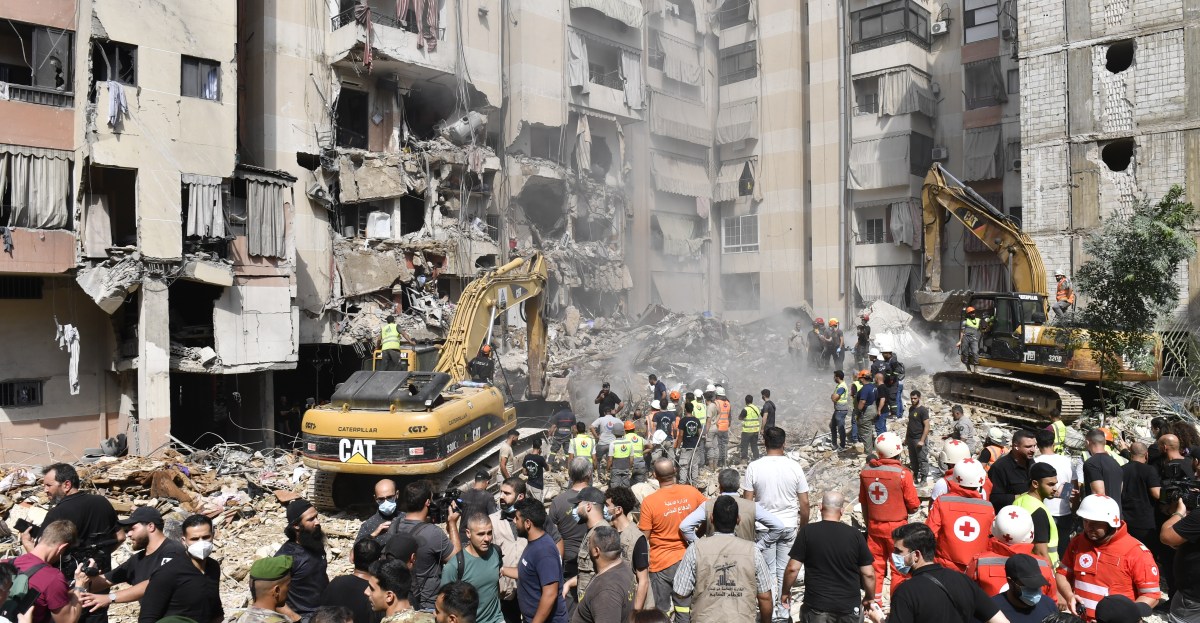More than 450 people were killed and 1,500 injured in Israeli airstrikes targeting southern and eastern Lebanon, as well as the country’s capital, Beirut, on Monday. The airstrikes mark a significant and threatening escalation of hostilities following an apparent Israeli attack that used explosive pagers (and other electronic devices) to kill members of the Shia militant and political group Hezbollah, which is based in Lebanon. Israel and Hezbollah have regularly traded rocket fire over Lebanon’s southern border with Israel for years.
However, since Israel launched its war in Gaza in retaliation for Hamas’s attacks in Israel on October 7, Hezbollah — a Hamas ally — has increased the tempo of rocket launches, and has hit targets deeper within Israel. Israel has increased its attacks as well, and as a result, more than 110,000 Lebanese and about 60,000 Israelis are internally displaced. Last week, Israeli defense minister Yoav Gallant announced that Israel was entering a “new phase” of its ongoing war on Gaza and Hamas, one that would put greater focus on its conflict with Hezbollah.
“The center of gravity is moving north. We are diverting forces, resources, and energy toward the north,” Gallant told members of Israel’s air force on September 18, referring to Israel’s northern border with Lebanon. Concerns that the conflict in Gaza would spark a full war between Israel, Hezbollah, and their allies have existed for the entirety of the nearly year-long confl.


















